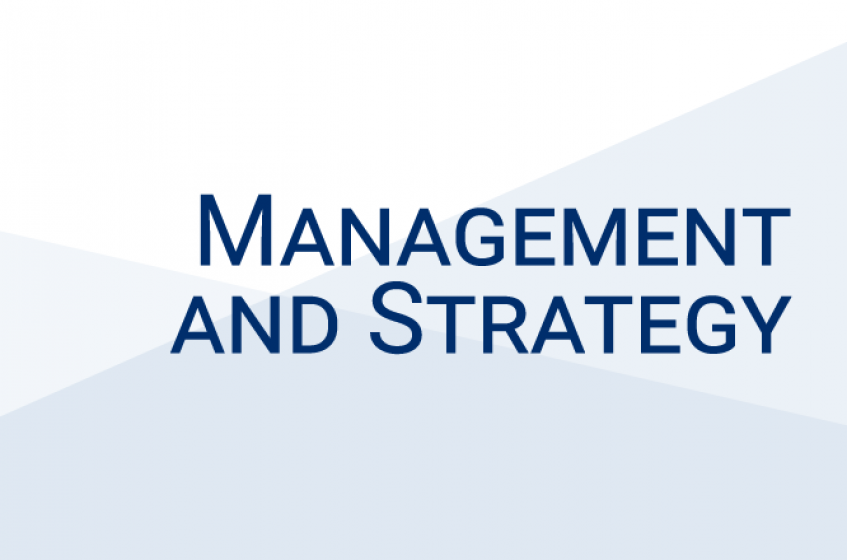
“Employee Performance and Communication in a Hybrid Remote Workplace: Evidence from a Field Experiment” by Professor Tarun Khanna
Jorge Paulo Lemann Professor
Harvard Business School
Harvard University
Given the widespread adoption of remote work during the COVID-19 pandemic, it is likely that workers and organizations continue to adopt hybrid-remote work practices in the longer term. In a hybrid-remote work arrangement, work is partly done in a physical office and partly done remotely. Yet we lack causal evidence on how hybrid-remote work affects worker performance and intra-firm communication patterns. We report evidence from a field experiment, conducted within an organization in Bangladesh in the summer of 2020. Following a government mandated four-month lockdown due to COVID-19, the experiment entailed randomizing the list of workers who were allowed back in office on any given day. More specifically, for a period of five weeks following the lockdown, we exploit an exogenous cap of the maximum number of workers allowed back in office and conduct daily lotteries to determine which workers were allowed to work in the office versus work at home. We exploit this allocation protocol and use data on emails exchanged among employees in the pre-lockdown, lockdown and post-lockdown (i.e. treatment) periods to study intra-firm communication patterns. Our preliminary results indicate that employees who spent more time in the office sent 0.3% fewer emails per day. Moreover, employees who spent more time in the office together also sent 0.3% fewer emails to each other. We furthermore find that employees who followed a hybrid work protocol that involved intermediate levels of number of days in the physical office received 34-44% higher performance ratings from their managers, compared to employees who mostly worked from home or mostly worked from the office.







